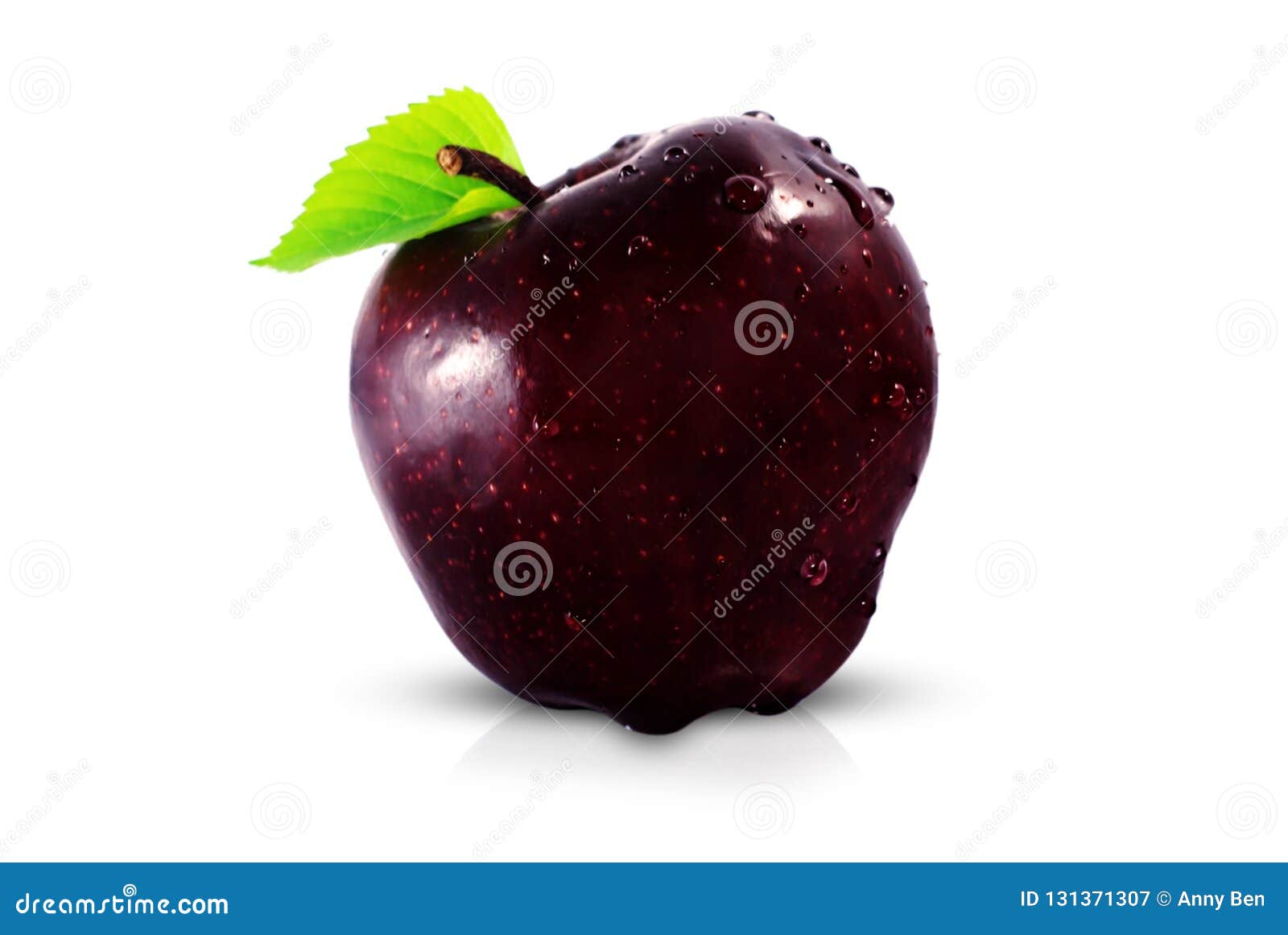
#Apple color fruit skin
2009), resulting in a rapid reduction in anthocyanins, followed by renewed synthesis with cooler temperatures, causing fluctuations in skin colour ( Steyn et al. In apple, high temperatures prevent the accumulation of cyanidin and UDP-sugars ( Ban et al. In apple ( Malus × domestica Borkh.) and pear ( Pyrus communis L.), low temperatures increase both anthocyanin content and the expression of genes of the anthocyanin biosynthetic pathway ( Steyn et al. 1995) and reduced by high temperatures ( Rowan et al. In Arabidopsis, anthocyanins are induced by low temperatures ( Leyva et al. 2005) and rose ( Rosa hybrida) ( Dela et al. 2007), petunia ( Petunia hybrida) ( Shvarts, Borochov & Weiss 1997), red orange ( Citrus sinensis) ( Lo Piero et al. Temperature has a major effect on anthocyanin synthesis in a diverse range of species, including grape ( Vitis vinifera) ( Mori et al. Anthocyanin accumulation is also developmentally controlled and affected by both biotic and abiotic factors, such as nutrients (nitrogen and phosphate), sucrose, wounding, pathogen infection, methyl jasmonate, water stress, and UV, visible and far-red light ( Dixon & Paiva 1995 Chalker-Scott 1999). 2009 Cazzonelli & Pogson 2010) and biotic and abiotic stress including temperature ( Li et al. Chlorophyll and carotenoid concentrations are controlled by light, via several photoreceptors ( Reinbothe & Reinbothe 1996), developmental and tissue-specific signals ( Ampomah-Dwamena et al. The accumulation of these pigments is affected by the environment.

These pigments are essential for plant performance, but are also all considered as phytonutrients or markers of food health ( Mayne 1996 Harborne & Williams 2000 Kirsh et al.

In the majority of plant species, pigmentation is controlled by the relative concentrations of anthocyanin, chlorophyll and carotenoid pigments. We propose that temperature-induced regulation of anthocyanin biosynthesis is primarily caused by altered transcript levels of the activating anthocyanin regulatory complex. Candidate genes that can repress anthocyanin biosynthesis did not appear to be responsible for reductions in anthocyanin content. A single night of low temperatures is sufficient to elicit a large increase in transcription of MYB10 and consequently the biosynthetic pathway. Heating fruit rapidly reduced expression of the R2R3 MYB transcription factor ( MYB10) responsible for coordinative regulation for red skin colour, as well as expression of other genes in the transcriptional activation complex. Heat caused a dramatic reduction of both peel anthocyanin concentration and transcripts of the genes of the anthocyanin biosynthetic pathway. We examined the anthocyanin accumulation in the peel of maturing ‘Mondial Gala’ and ‘Royal Gala’ apples, grown in both temperate and hot climates, and using artificial heating of on-tree fruit.

In apple ( Malus × domestica Borkh.), concentrations of fruit anthocyanins are lower under hot climatic conditions. The biosynthesis of anthocyanin in many plants is affected by environmental conditions.


 0 kommentar(er)
0 kommentar(er)
